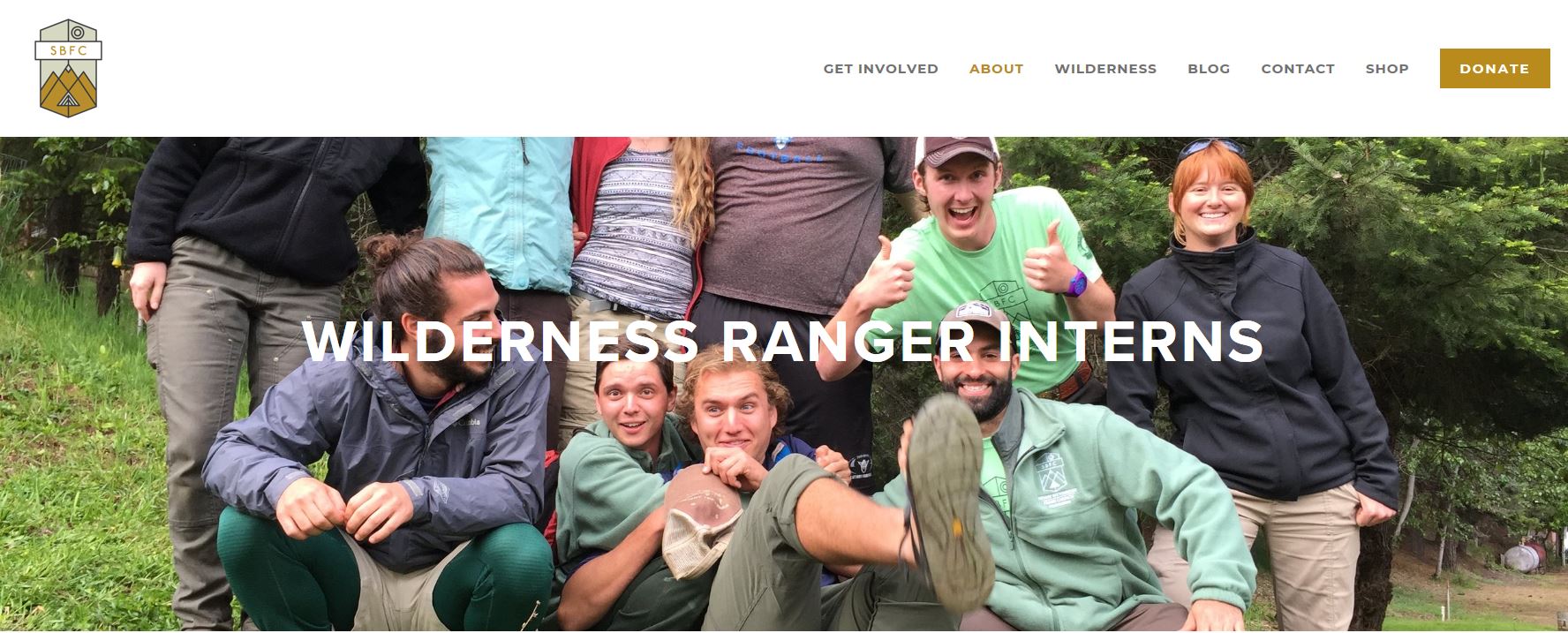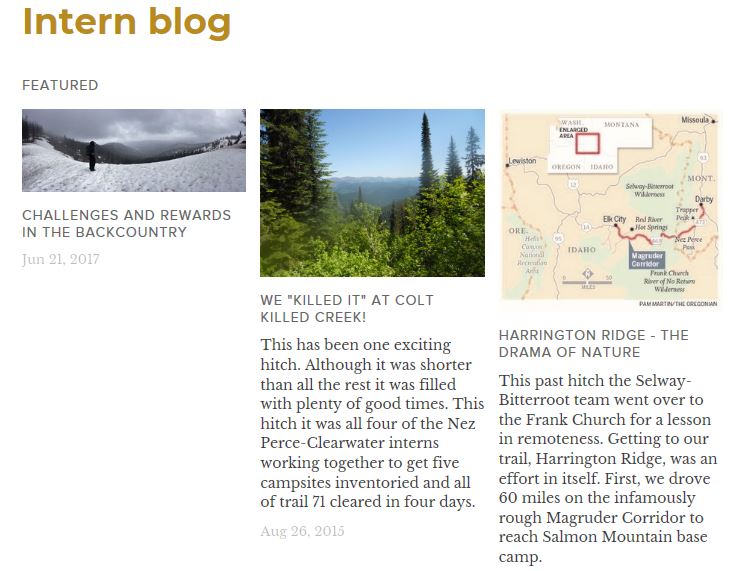From: Equestrian Design Guidebook for Trails, Trailheads and Campgrounds
 |
Back | Next – Return to TOC |  |
Understanding Horses and Mules
In addition to the usual planning considerations, equestrian recreation trails and facilities require attention to the behavior and physical characteristics of horses and mules. The success of horse trails and recreation sites depends on how well planners and designers understand these animals.
An Evolutionary Perspective
Essentially, horses and their kin are prey animals. They developed behavior patterns and physical characteristics over millions of years spent in wide open spaces. Flight is their primary defense. They use their strength, stamina, agility, and speed to escape predators, notably large cats–such as cougars–and wild dogs–such as dingos. Horses and mules constantly monitor their surroundings and are always aware of available escape routes. They may become nervous when routes are narrow or blocked. Horses and mules also prefer to see what they hear or smell.
The Startle Factor
What frightens horses and mules is not always obvious. Anything that moves suddenly or makes an unexpected noise can rouse an animal’s survival instincts and prime it to bolt. This natural reaction–often referred to as a startle reflex–is the result of remarkably acute senses.
Horses and mules have excellent vision, hearing, and tactile senses. They are even capable of feeling vibrations through their hoofs, which often alert them to others long before the rider becomes aware. Horses and mules need a comfortable operating space. When they can see something suspicious from afar, they can more easily evaluate the danger and react accordingly. There is a fine line between what is comfortable for horses and mules and what seems dangerous.
In addition to confined spaces and predators, things that can startle a horse or mule include:
- Loud or unexpected noises–Buzzing model airplanes, exploding firecrackers, batting practice, or a falling tree
- Quick or unexpected movements–Fast-moving bicycles, inquisitive children, running animals, or birds rustling in the underbrush
- Things in unusual combinations–Hikers with large backpacks or vehicles with strange loads
- Highly contrasting or reflective surfaces–A light colored tread near dark soil, freshly cut logs, black or white rocks, or a manmade object in a natural setting
- Unfamiliar situations–Activity at a golf driving range or a train nearby
- Wild or unfamiliar domestic animals–Mountain lions, moose, emus, pigs, or llamas (figure 1-3) Narrow or constricted spaces–Bridges, gates, or tight passages
- Unexpected trail obstacles–Litter, fallen trees, or boulders

Figure 1-3–Anything that appears suddenly, makes an unexpected noise, or is unfamiliar engages a horse’s survival instincts. On the trail,
horses and mules are particularly wary of llamas, hikers with bulky backpacks, and bicycles.
So, what happens when horses and mules are startled? They have a range of responses, from remaining calm to becoming severely frightened. The more conditioned the animal is to uncomfortable situations, the more likely its response will be subdued. When something makes it nervous, an animal may dance around, inadvertently step on things, or balk. Horses or mules that are severely unnerved may run, jump, spin, or do a creative combination of all these things. When horses and mules feel the need to protect themselves, they may kick, bite, or strike. Experienced riders can hold a well-trained animal in check under most circumstances. There is a point, though, where a stimulus becomes so great that even the best conditioning will not override the animal’s innate fight-or-flight instincts.
Trail stock–especially mules–have highly developed memories for pleasure, pain, fear, people, and places. Many trail animals recognize a previously visited location or trail route (figure 1-4). Once a horse or mule has had a particularly unpleasant or painful experience, the animal will try to avoid that location, condition, or object forever. Recreationists in many areas minimize potential conflicts by practicing trail etiquette that favors needs of horses and mules. Chapter 12– Providing Signs and Public Information lists ways to communicate a trail animal’s needs to other trail users.

Figure 1-4–Horses and mules have excellent memories and can easily retrace routes they have traveled in the past. They avoid areas they associate with unpleasant experiences.




